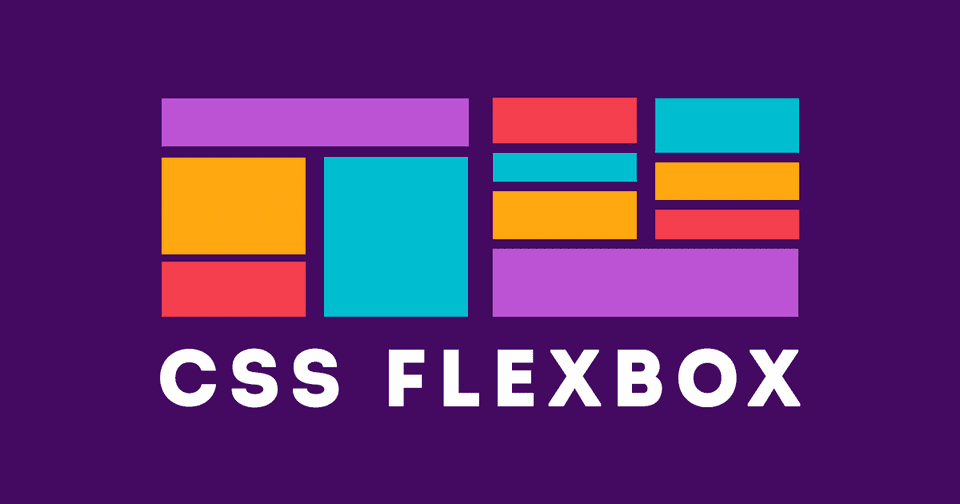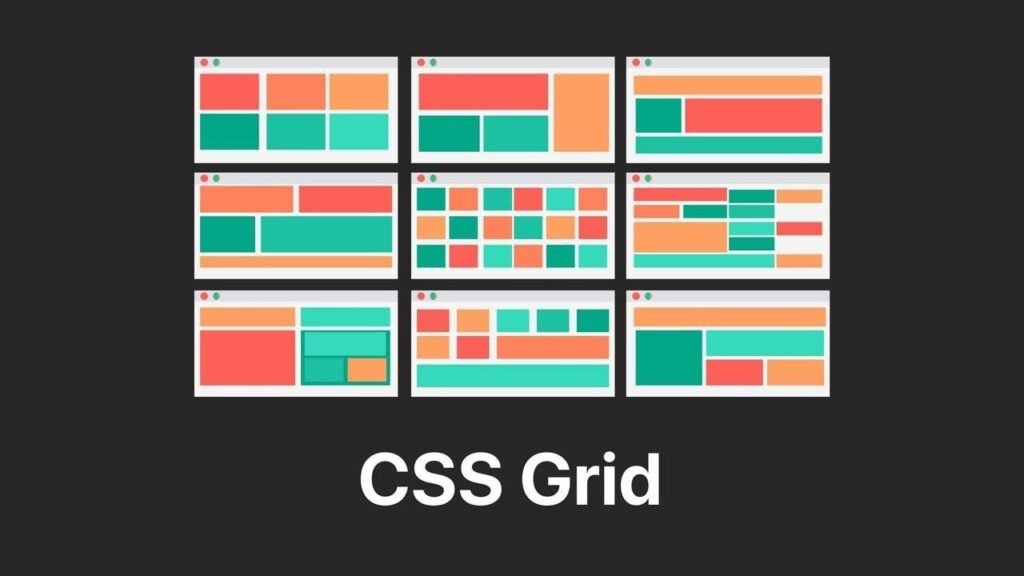In modern web development, layout techniques play a crucial role in creating responsive and aesthetically pleasing user interfaces. Two of the most popular methods for structuring and aligning elements on a page are CSS Flexbox and CSS Grid. Both of these systems are powerful, but each has its own advantages, disadvantages, and specific use cases. In this article, we will compare CSS Flexbox and CSS Grid in detail, explaining when to use one over the other, and providing practical examples to illustrate their differences.
Flexbox, or Flexible Box Layout, is a layout model designed to organize elements in a single dimension — either in a row (horizontally) or in a column (vertically). It allows for the creation of flexible layouts that automatically adjust to the available space.
<div class="flex-container">
<div class="flex-item">Item 1</div>
<div class="flex-item">Item 2</div>
<div class="flex-item">Item 3</div>
</div>
.flex-container {
display: flex;
justify-content: space-between; /* Aligne les éléments horizontalement */
}
.flex-container {
display: flex;
justify-content: center; /* Centre les éléments horizontalement */
}
.flex-container {
display: flex;
align-items: center; /* Centre les éléments verticalement */
}
.flex-item {
flex-grow: 1; /* Les éléments grandissent pour remplir l'espace disponible */
}
.nav-bar {
display: flex;
justify-content: space-around;
background-color: #333;
}
.nav-bar a {
color: white;
text-decoration: none;
padding: 14px 20px;
}

<div class="product-container">
<div class="product-card">Product 1</div>
<div class="product-card">Product 2</div>
<div class="product-card">Product 3</div>
</div>
.product-container {
display: flex;
flex-wrap: wrap;
gap: 20px;
}
.product-card {
flex: 1 1 200px; /* Flex-grow, flex-shrink, flex-basis */
background: #f4f4f4;
padding: 20px;
}

What is CSS Grid?
CSS Grid Layout, or simply Grid, is a two-dimensional layout system that allows you to create complex layouts using rows and columns.
.grid-container) contains child elements called grid items (.grid-item).
<div class="grid-container">
<div class="grid-item">Item 1</div>
<div class="grid-item">Item 2</div>
<div class="grid-item">Item 3</div>
</div>
.grid-container {
display: grid;
grid-template-columns: 1fr 2fr; /* Deux colonnes avec des tailles différentes */
grid-template-rows: auto 100px; /* Deux rangées avec des hauteurs différentes */
}

.grid-container {
display: grid;
gap: 20px; /* Espacement entre les éléments */
}

.grid-item {
grid-column: span 2; /* L'élément s'étend sur deux colonnes */
}
<div class="gallery">
<div class="photo">Photo 1</div>
<div class="photo">Photo 2</div>
<div class="photo">Photo 3</div>
</div>
.gallery {
display: grid;
grid-template-columns: repeat(auto-fill, minmax(100px, 1fr));
gap: 10px;
}
.photo {
background: #ccc;
height: 100px;
}

<div class="page-layout">
<header>Header</header>
<aside>Sidebar</aside>
<main>Main Content</main>
<footer>Footer</footer>
</div>
.page-layout {
display: grid;
grid-template-areas:
"header header header"
"sidebar main main"
"footer footer footer";
grid-template-columns: 1fr 3fr;
grid-template-rows: auto 1fr auto;
}
header { grid-area: header; }
aside { grid-area: sidebar; }
main { grid-area: main; }
footer { grid-area: footer; }



CSS Flexbox and CSS Grid are two powerful tools for creating modern and responsive layouts. Choosing between them largely depends on the specific needs of your project. For simple alignments and one-dimensional layouts, Flexbox is often the best option due to its simplicity and flexibility. For complex layouts requiring two-dimensional control, Grid offers a robust solution.
However, in many cases, combining Flexbox and Grid can offer the best of both worlds, allowing you to create sophisticated user interfaces that adapt perfectly to different screen sizes and resolutions. Understanding when to use each and how to combine them is essential for any web developer looking to master the art of CSS layout.
Ultimately, whether you choose Flexbox, Grid, or a combination of both, these tools will enable you to create elegant and functional designs that enhance the user experience across all platforms.
Share it

MonDesign Web, your digital marketing agency, dedicated to guiding you to the pinnacle of your online success.
We use cookies to improve your experience on our site. By using our site, you consent to cookies.
Websites store cookies to enhance functionality and personalise your experience. You can manage your preferences, but blocking some cookies may impact site performance and services.
Essential cookies enable basic functions and are necessary for the proper function of the website.
These cookies are needed for adding comments on this website.
Statistics cookies collect information anonymously. This information helps us understand how visitors use our website.
Google Analytics is a powerful tool that tracks and analyzes website traffic for informed marketing decisions.
Service URL: policies.google.com
Marketing cookies are used to follow visitors to websites. The intention is to show ads that are relevant and engaging to the individual user.
Facebook Pixel is a web analytics service that tracks and reports website traffic.
Service URL: www.facebook.com